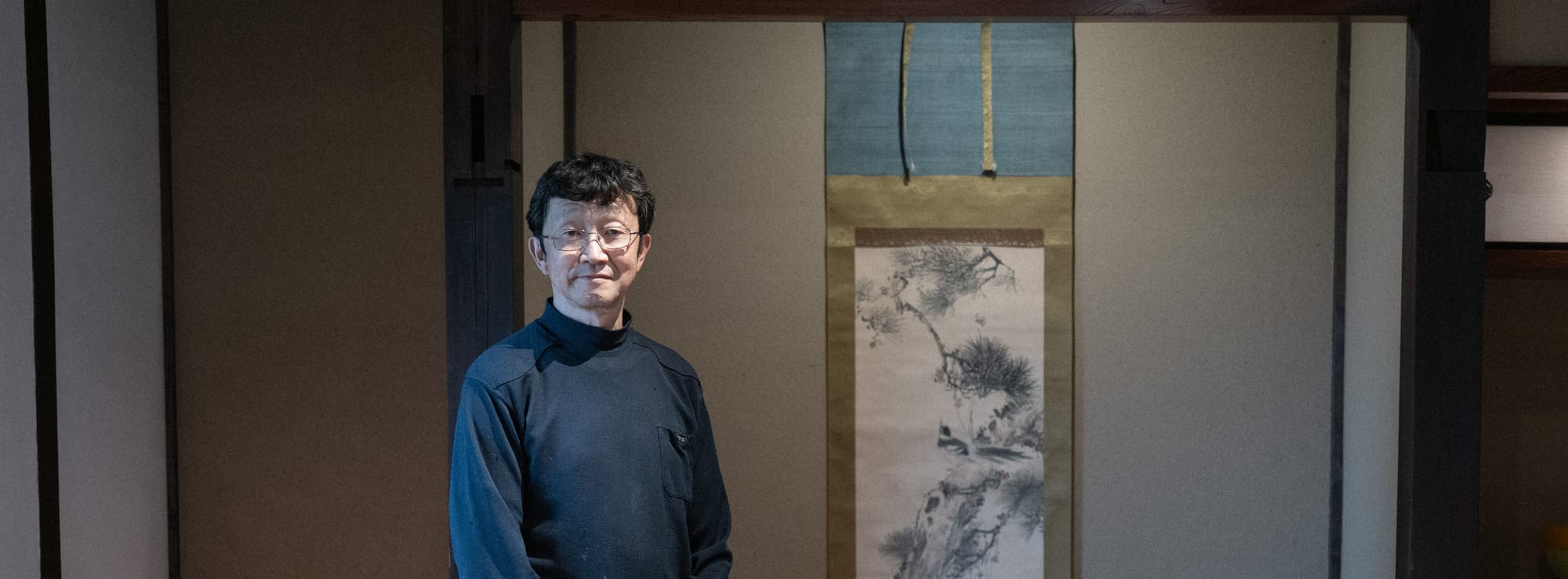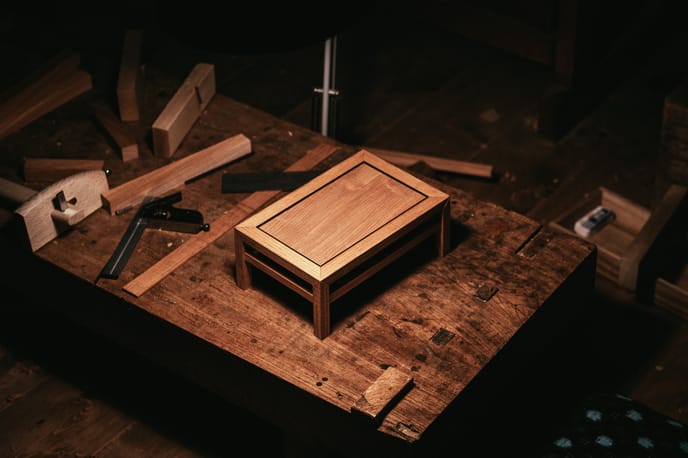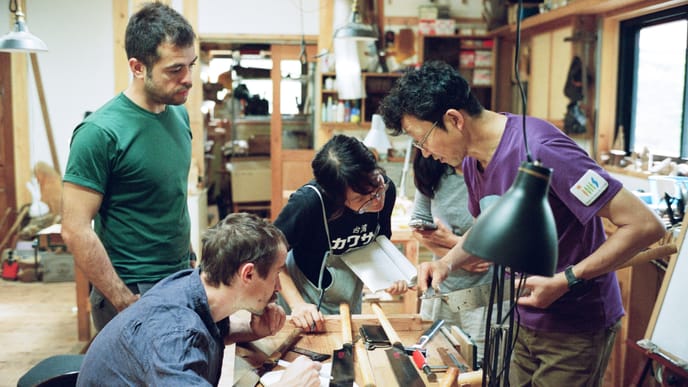Last week, in the Chair Lab, I interviewed Tak about the Mount Fuji Wood Culture Society’s origin and future, his attitudes towards building skill, sashimono, and wood culture itself. Tak is also holding some special events they have coming up in collaboration with World Wood Day, an organization that influenced Tak to share wood culture with the world at large.

World Wood Day and it’s parent organization, the international Wood Culture Society were an influence on Tak Yoshino, making him realize that he needed to share wood culture with more than just woodworkers. This year, Mount Fuji Wood Culture Society is hosting 3 different World Wood Day events that are open to the public. The first is a woodturning demonstration on May 31st - June 1st.
The second is a presentation on July 26th where woodworkers like Tak Yoshino, Michael Fortune, Wendy Maruyama, Tai Lake and others work on a project for a week with a day where the public can observe the masters working.
The third is a collaborative single piece between master woodworkers between August 21st and September 3rd, with a date to be announced in the future when the public can see the project.

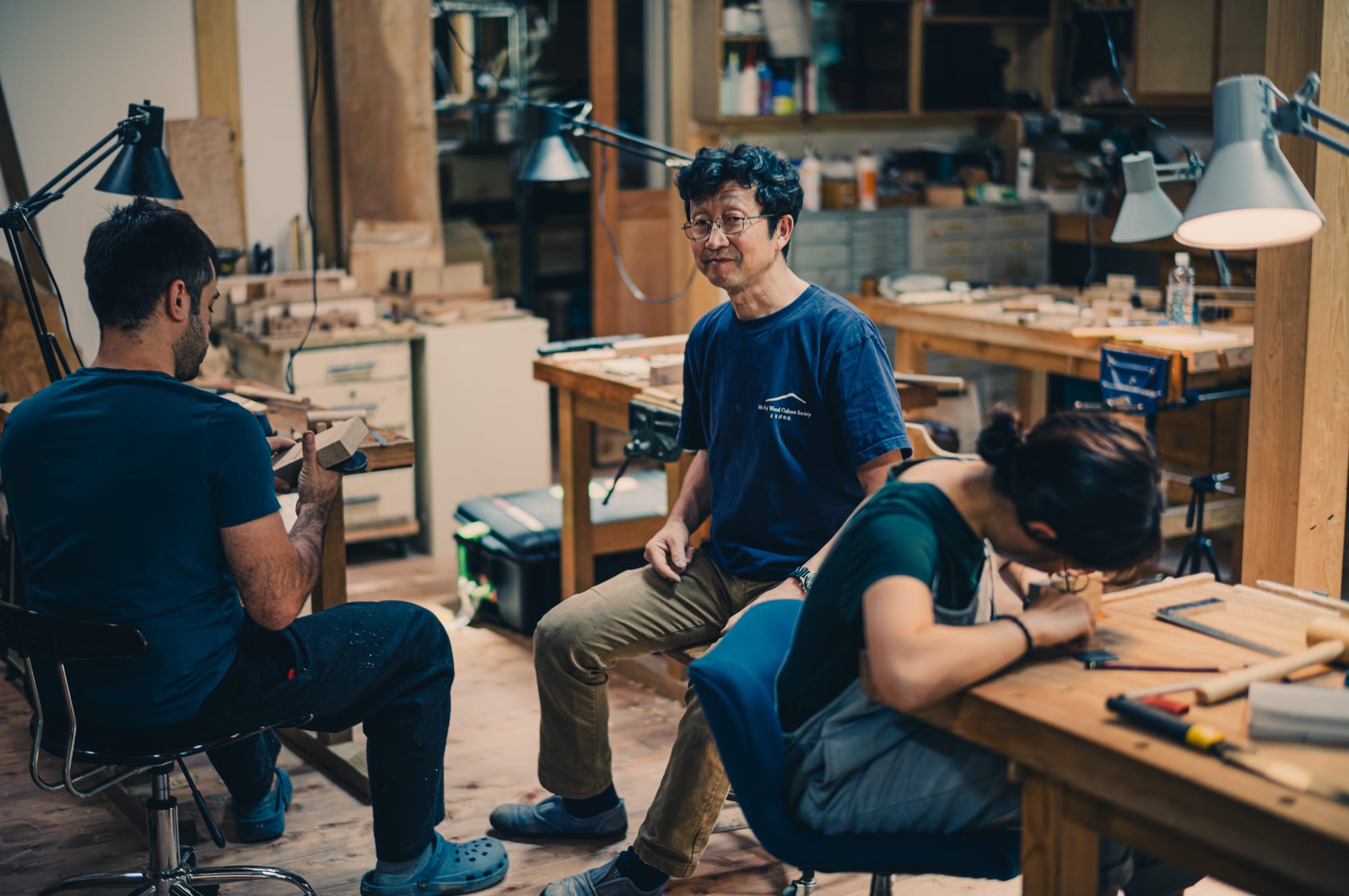
What is your connection to World Wood Day and the International Wood Culture Society?
When I met them in a furniture exhibition in Philadelphia around 2016, they made me realize that I have to make a community with not only woodworkers, but also the people who love wood. People should spend time with wood in general, rather than only furniture.
How is wood culture different than modern culture?
In the ancient age, Japanese people used the forest in a sustainable way. People kept the forest very healthy, and cut trees to build houses that could last more than 100 years. But nowadays, people don't —especially Japanese people—don't think about that. Building houses with imported wood or iron or concrete means they don't know where the material comes from. The result is that nobody takes care of the forest.
Where did this concept of wood culture come from?
I've lived as a woodworker past 45 years, but I realized it comes from Japanese traditional wood culture, not me. I learned it from my masters, Kenji Suda and Jiro Hayashi, and also through my study of forestry. After those experiences, I could appreciate the history of Japanese wood culture. I then decided I had to work to spread Japanese wood culture to every person. This is the purpose of my organization.
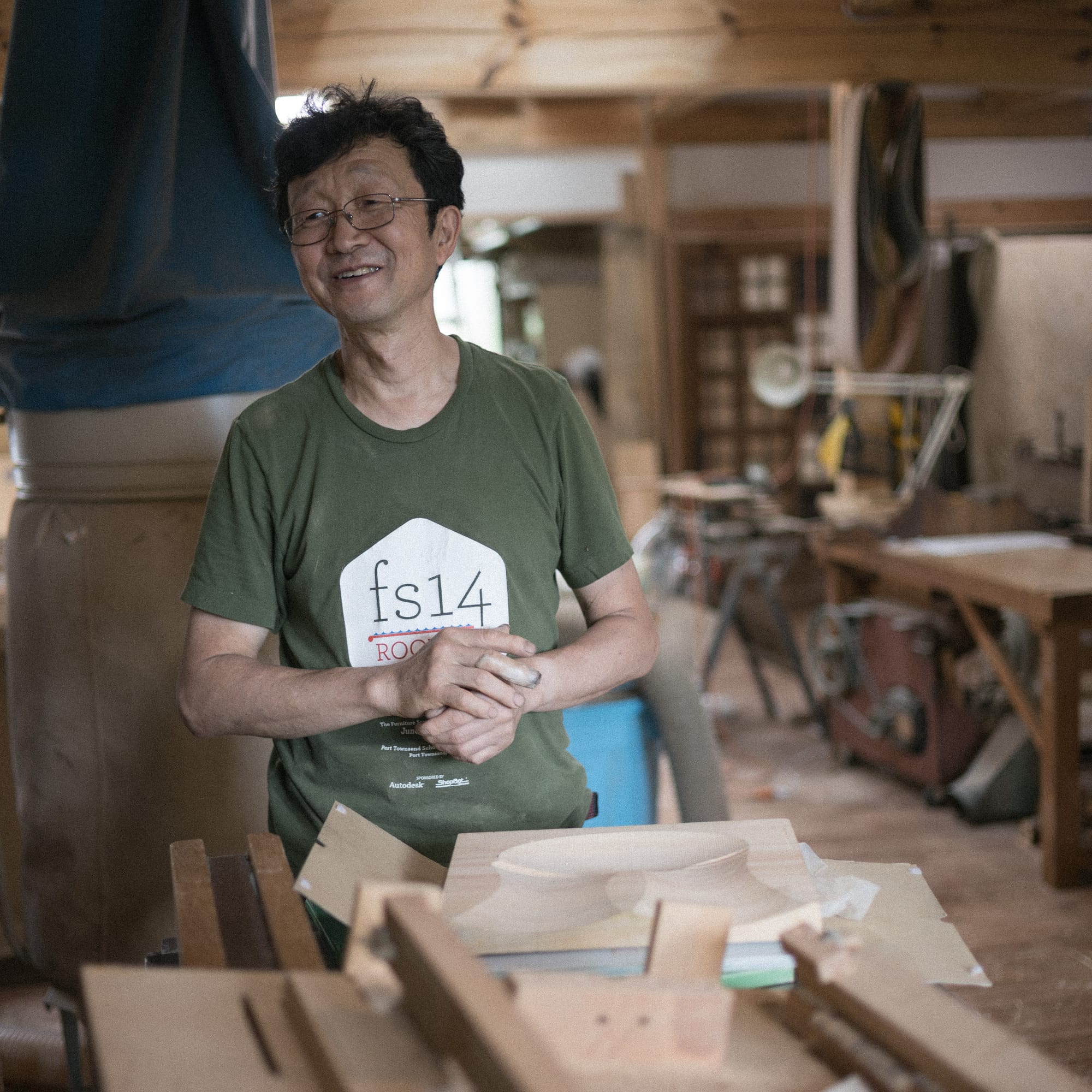
How can wood culture change people’s lives?
All attendees told me they are moved to think not only about making furniture, but also about the balance of forestry and the overall environment.
I noticed some students that I've seen over the last year come here have become calmer. Have you noticed that?
Some realize they don't have to rush. Since they came here they were able to observe how to work very calmly and peacefully.
Also, when you face a tree, you have to listen to what it says. You can't go at your own pace. It's nothing like working with plywood. We have to have conversations with wood. We have to see, and watch it carefully. And then work with it. Everybody these days is going faster, faster, faster, and usually thinking about getting more money for only themselves. They don't think about the balance of nature or environment. But wood culture is in harmony with wood.
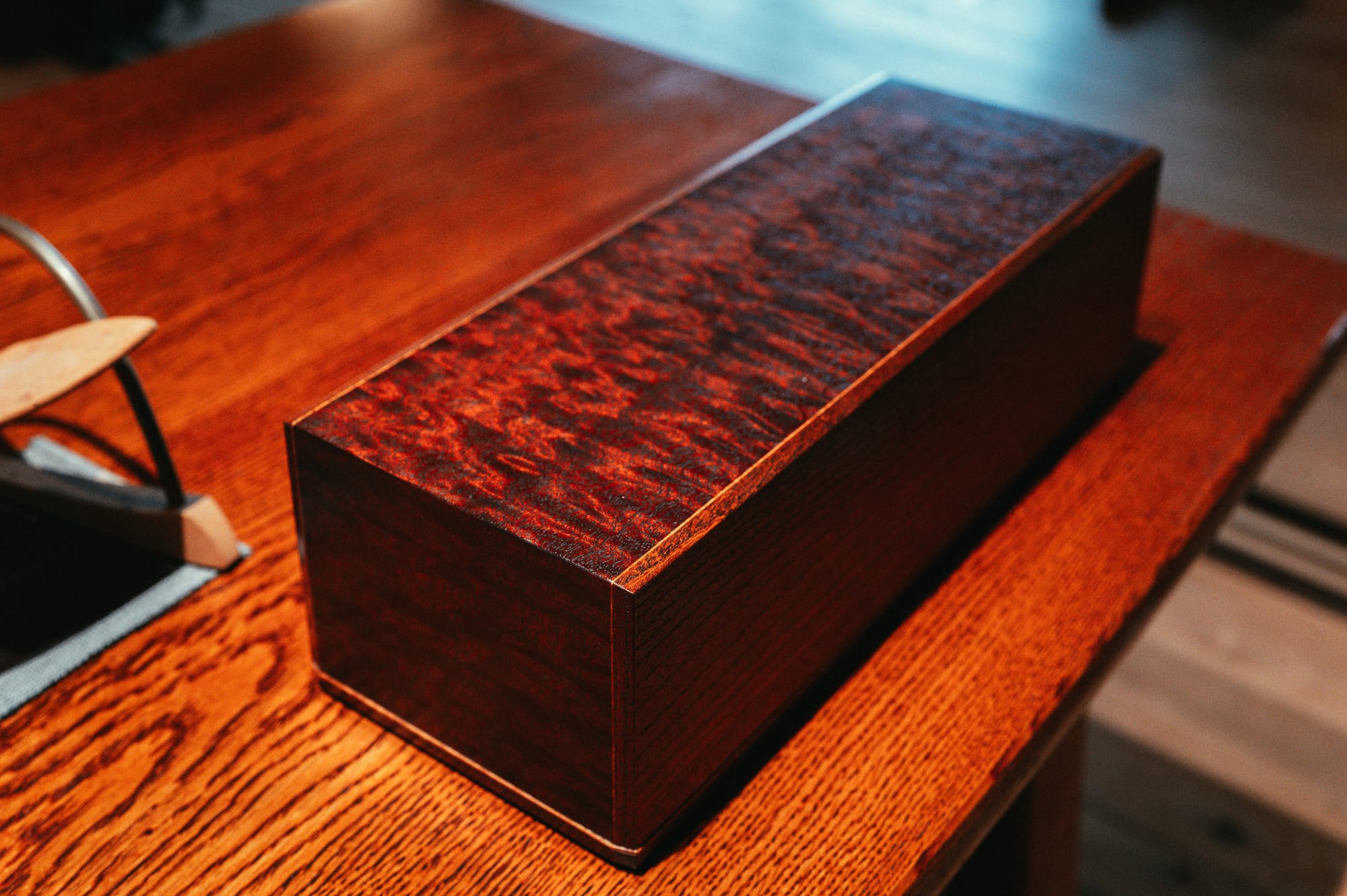
You've been open three years. What do you want the next three years to be like at the Mount Fuji Wood Culture Society? I want to return back to our woodwork more. When I established our organization, I wanted to work half of the year for the organization and half of the year for myself making furniture.
But now, three-fourths or four-fifths time is time put towards the organization. I want half and half of our effort to go towards the organization and woodworking itself. Because if a student comes here, they can look at my pieces and realize what I'm doing. But I want to keep going and see what I can do at the next level. I'm very curious about what I can do next.
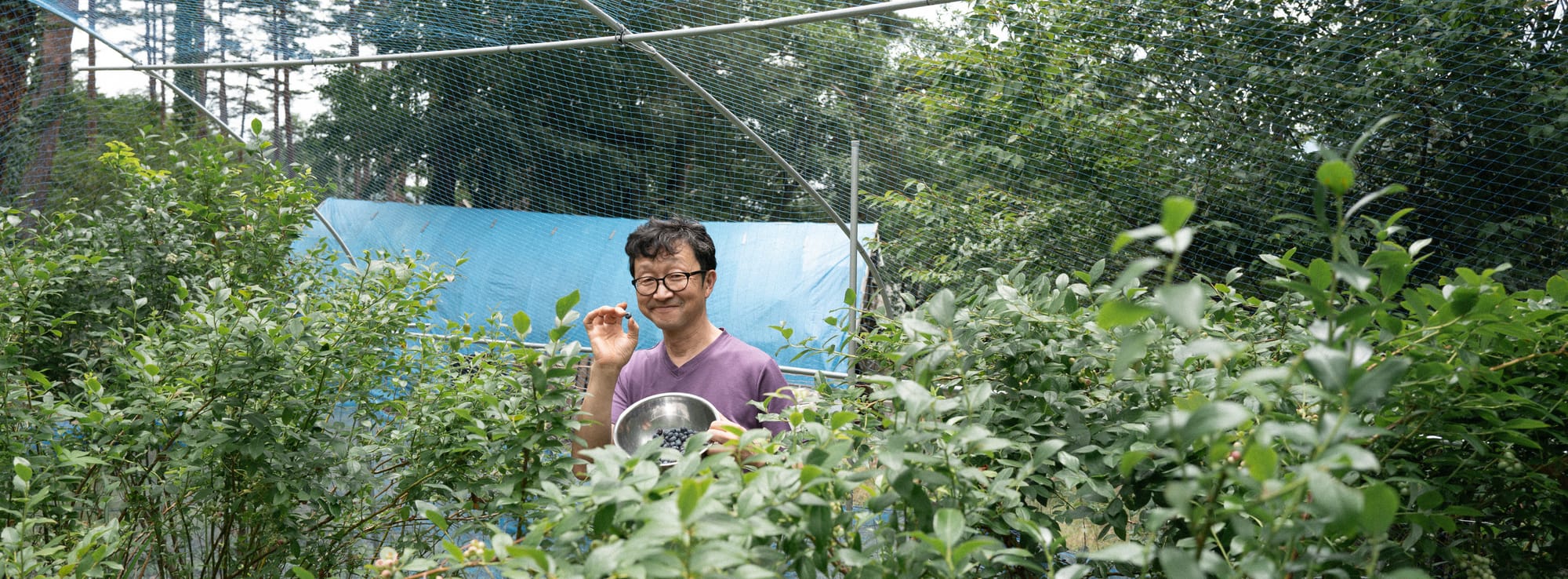
Why do you think more people are not studying traditional sashimono outside of Japan?
They probably don't know about sashimomo; probably by just looking at it on a website or on a picture, they cannot understand how to do it.
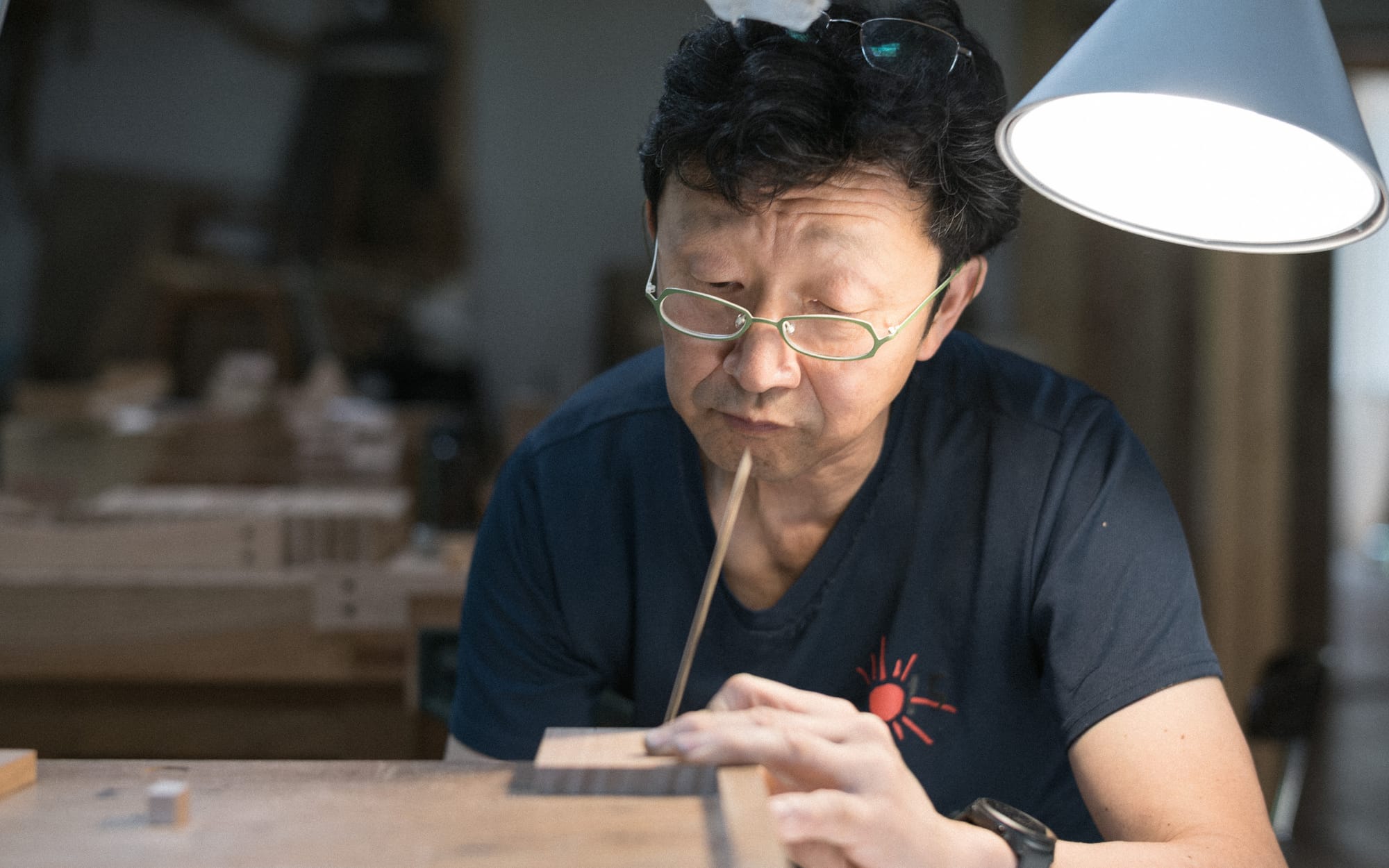
Do you think it is a little bit too difficult? There aren't even that many woodworkers doing mortise and tenon these days.
Convenient stuff or fast stuff is dangerous. If you use that, your ability decreases. For example, I know there is a good dovetail jig in the US. I know that you can make a dovetail with a router. But compared to the smallest dovetail router bit, the smallest dovetails are too small for those bits. They say they can't do it because they don't have a router. So, I think they're lowering their ability.
If you do it by hand, you can cut it using any method. I think it's dangerous to use convenient stuff because it takes away their ability.
If you want to improve your skills, you need to practice by hand. You can't do it by machine. If you go beyond the machine's limit, you can do anything. If you want to make something, you need to have an image of the product, of the piece. But they will give up if they don't have machines to make it. But if you have a skill, then you can make whatever you want.
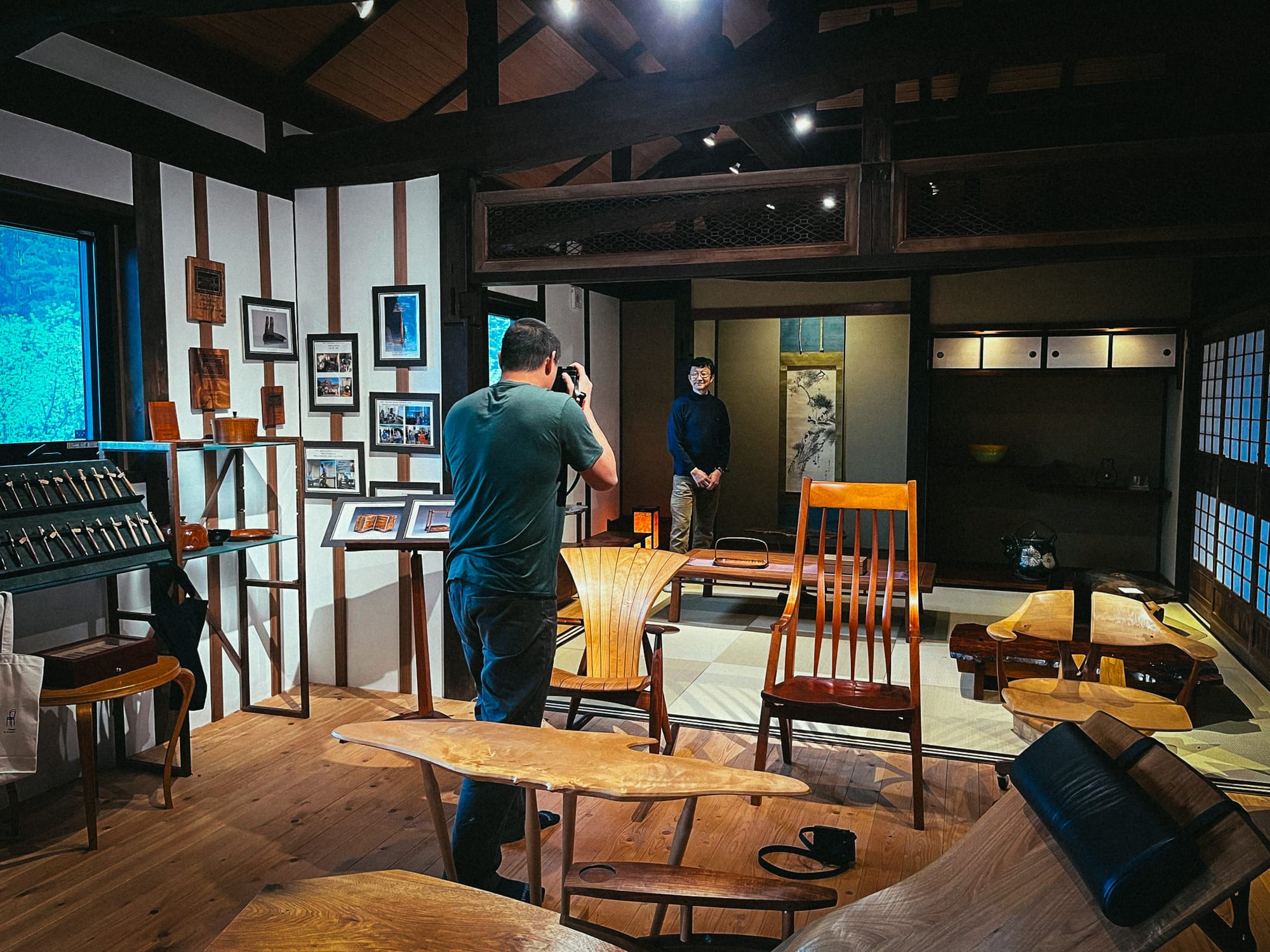
Do you feel like modern people care too much about tools and not enough about skills?
I'm not sure. But taking care of tools is a very important thing to go to the next step.
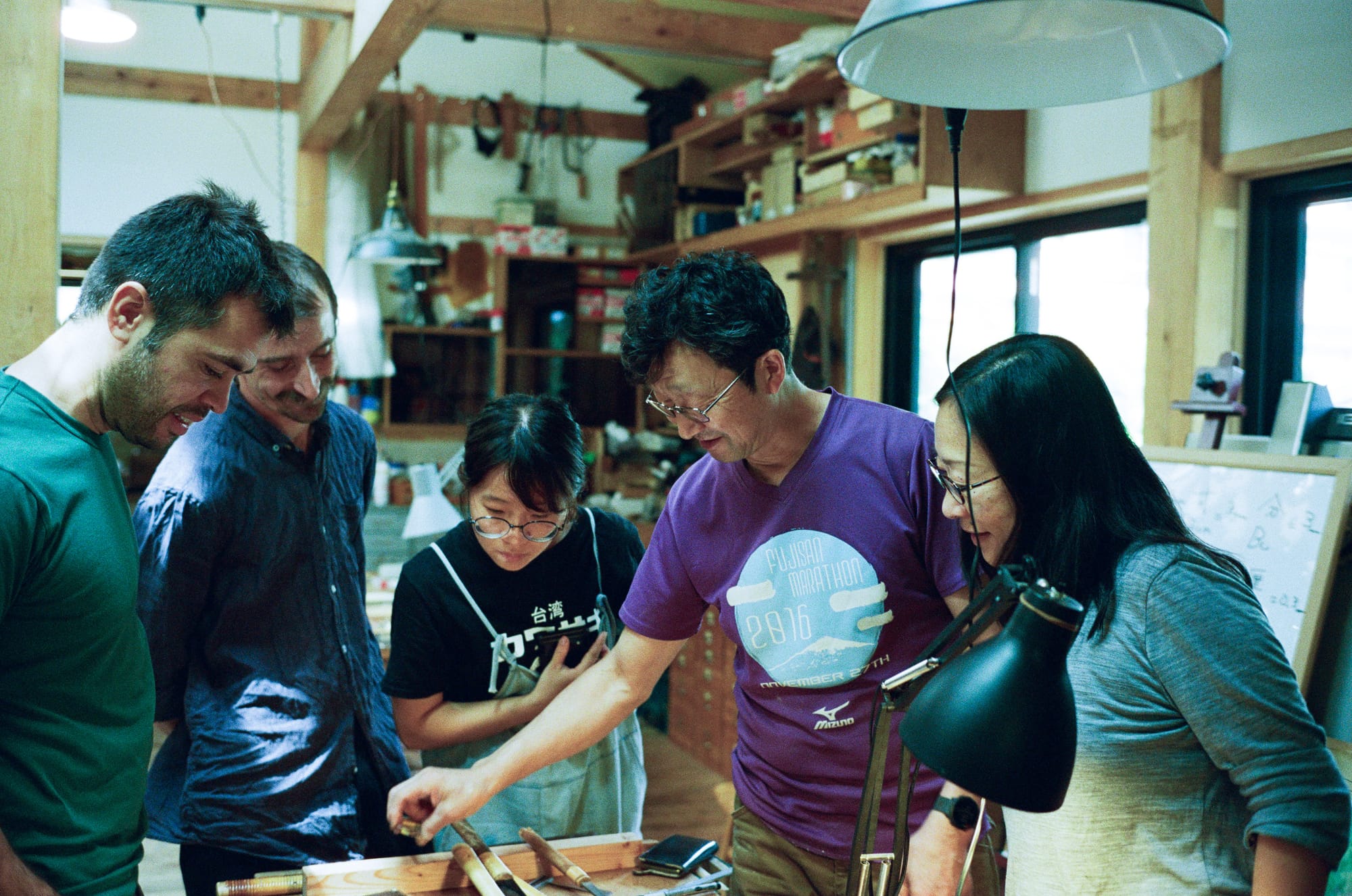
Do you think you'll ever teach an advanced class on sashimono?
I will have an advanced course on sashimono, alternating every year with the advanced chair class.
Save me a spot!
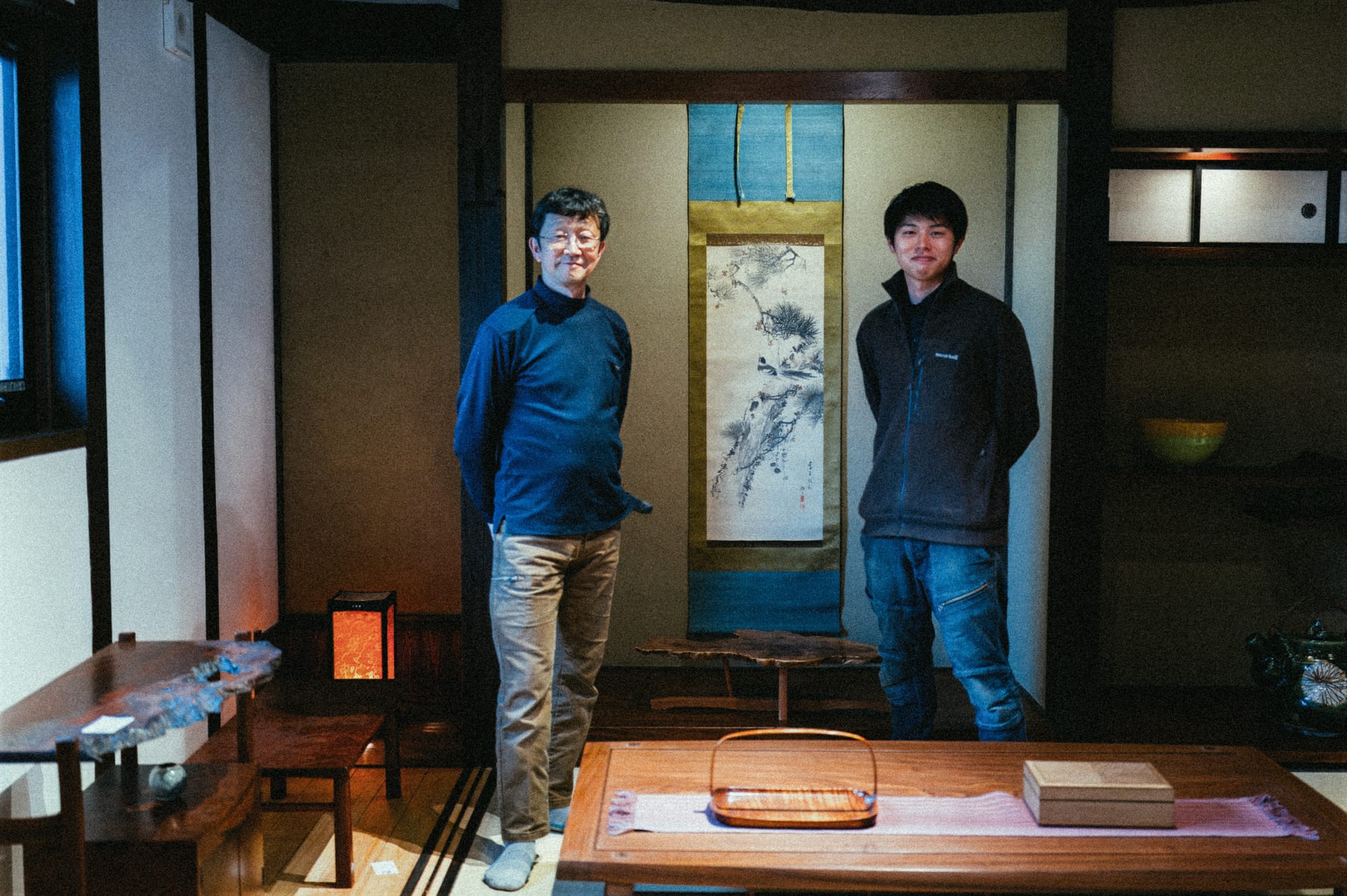
More information on Mount Fuji's events and classes here.
Subscribe


